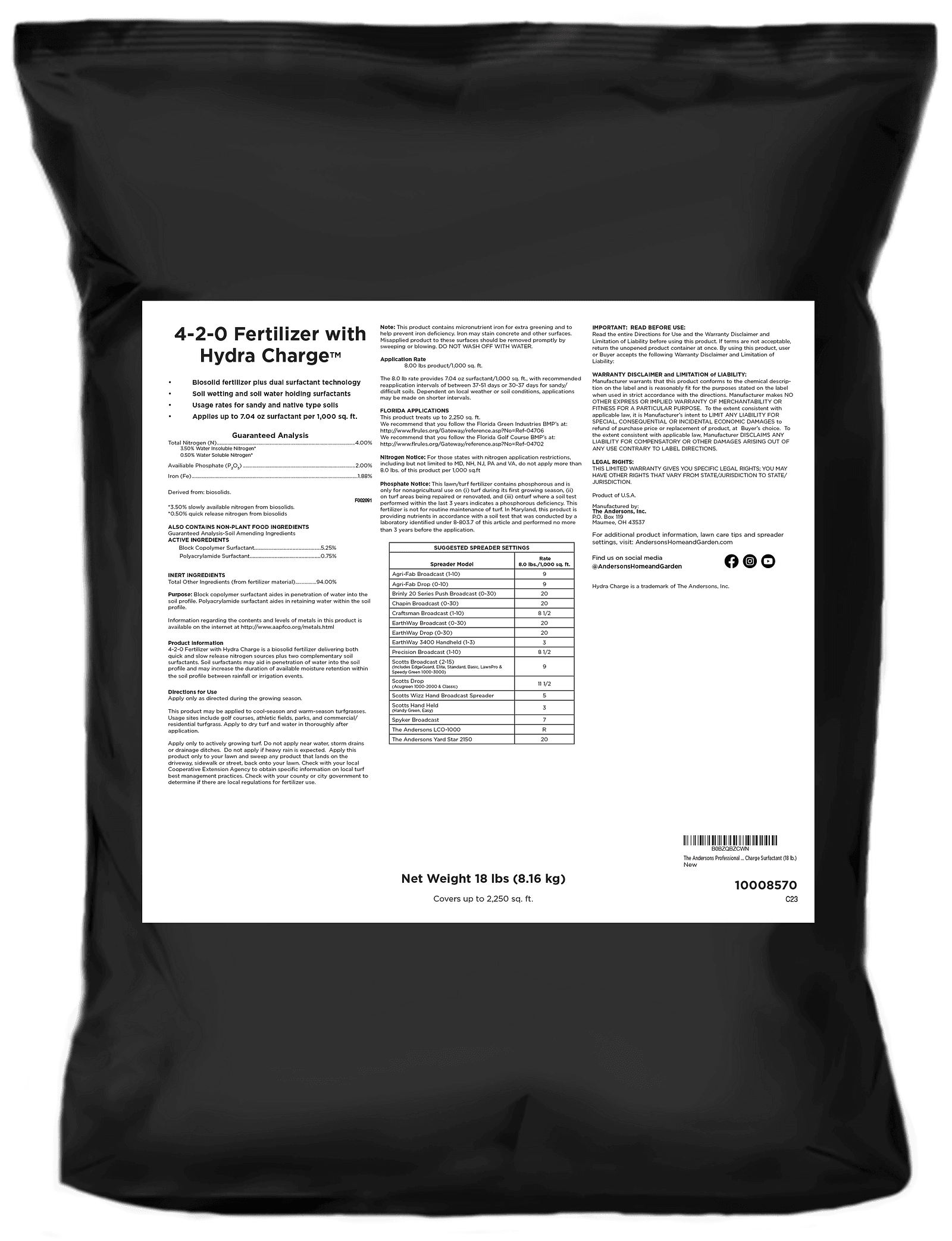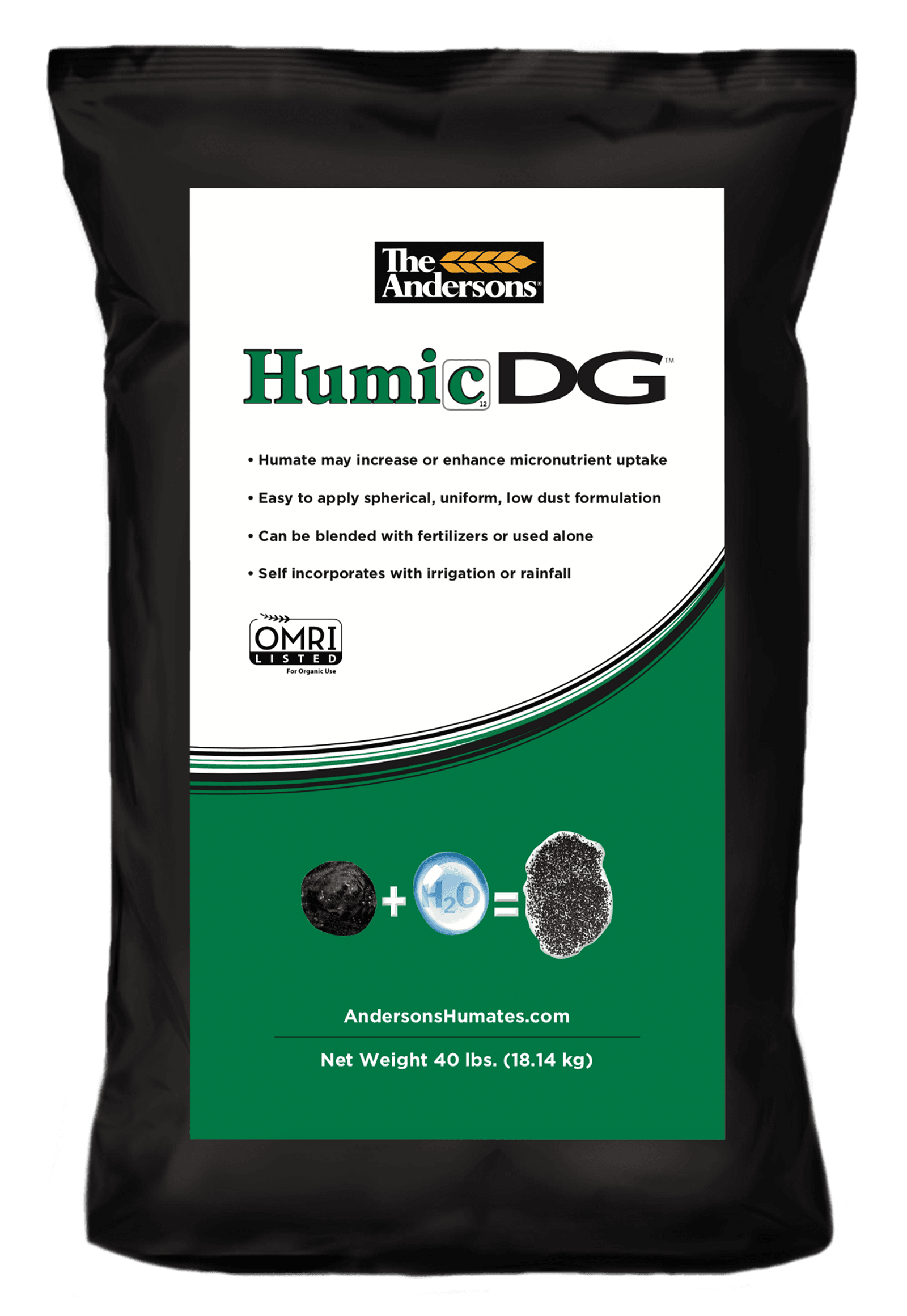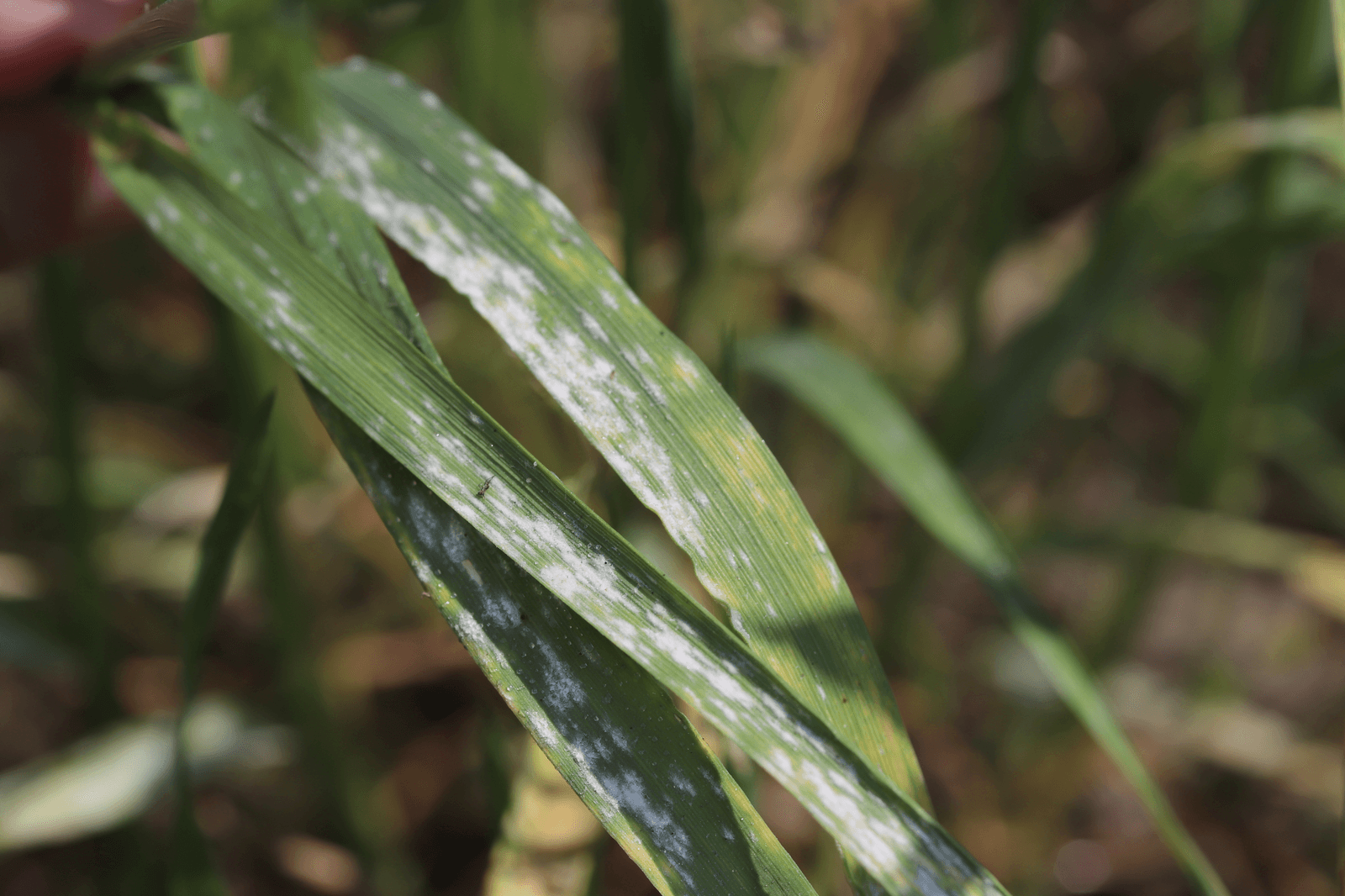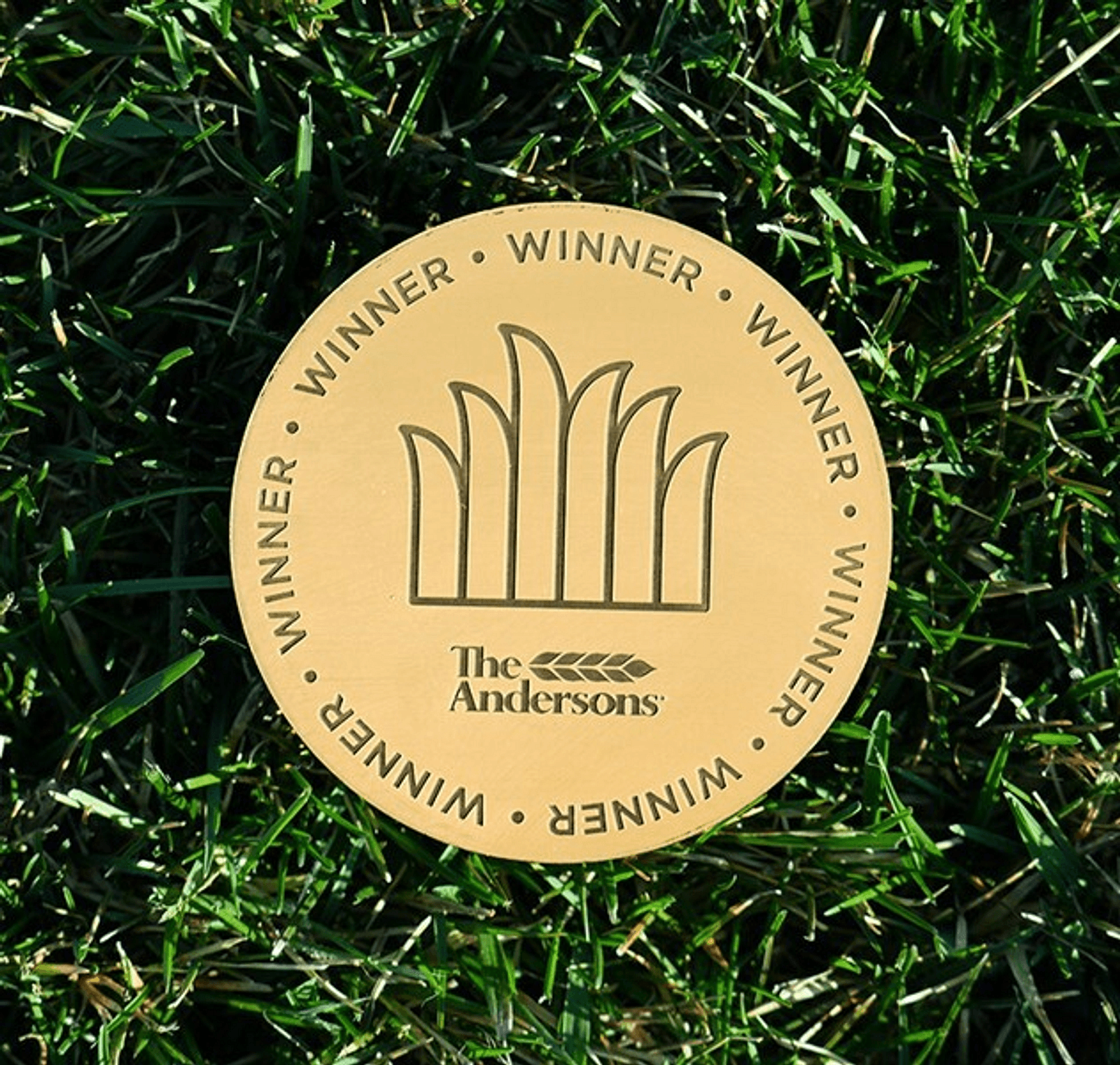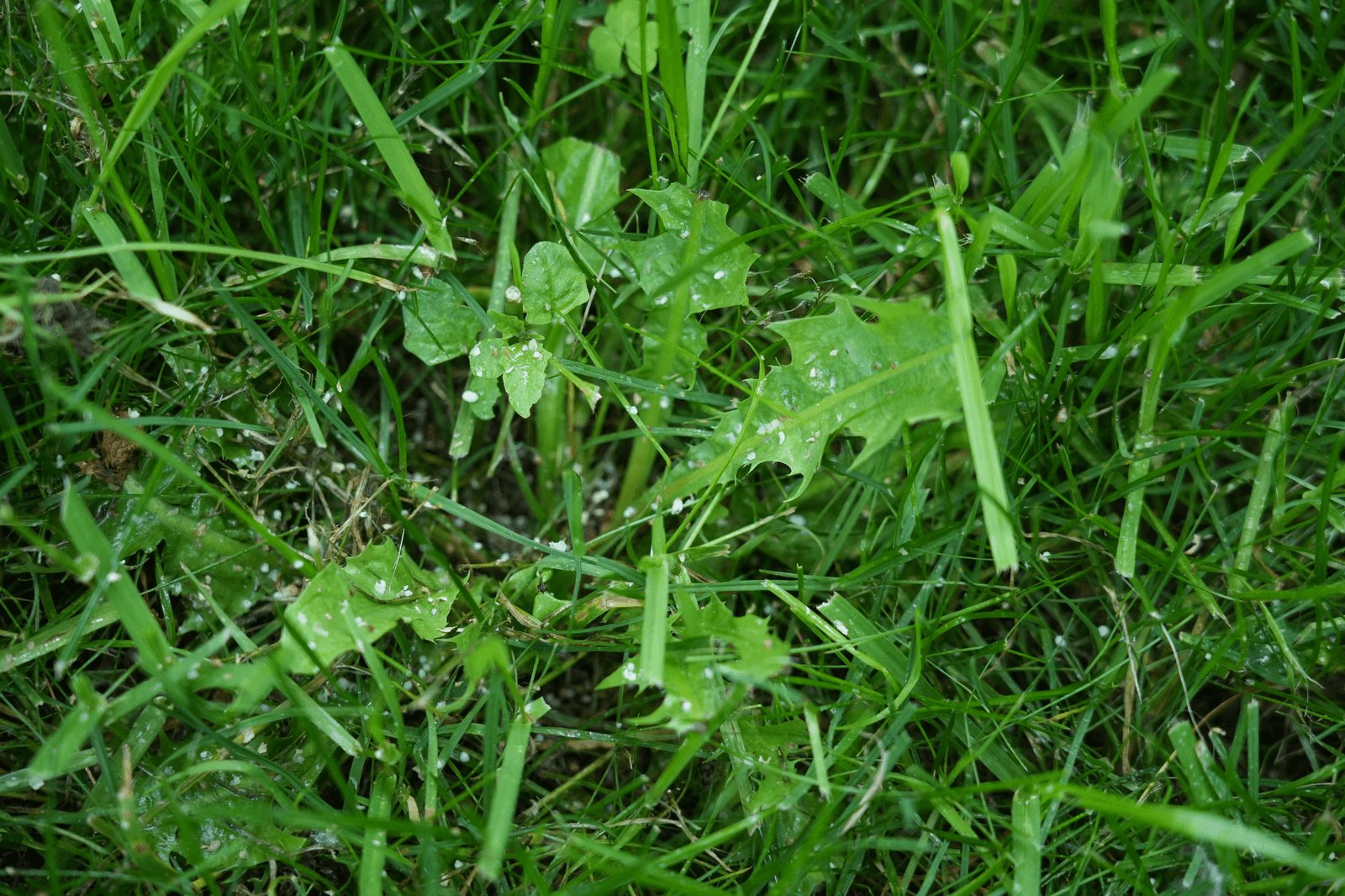Droughts can negatively impact your lawn because during this time, a necessary component for a healthy and flourishing lawn is scarce: water. A drought is when there is low amount of precipitation for a lengthy period of time, which can cause your lawn to turn brown and crispy. If you experience a drought or drought-like conditions, your lawn may look less than ideal for a bit, but there are ways to help your lawn prepared to fight and bounce back. Don't let a lack of rain waste the time and energy you have put into your lawn thus far.
How to Tell if Your Lawn is Stressed
Homogeneous Yellowing or Browning. If your lawn is looking yellow or brown throughout its entirety, the cause could be stress. Patches of brown or yellow could mean you have something else, such as fungus or grubs.
Footprints. If you can see your footprints after walking on your grass, your lawn is stressed. Healthy and vigorous lawns should bounce back after being walked on.
Water retention in the soil is low. If water runs off without soaking in, the soil may have developed a water-repellent and waxy surface. This can be caused from a lack of water and irregular irrigation.
Products We Recommend to Help Your Lawn Stand Up to Summer Stress
Surfactants. Hydra Charge™ will build up your lawn's water retention and penetration capabilities to help your lawn stand up to the stress caused by increased temperatures and drought-like conditions. It also helps prevent localized dry spots in the lawn.
High Iron, Low Nitrogen Products. Lean & Green™ will deepen and intensify your lawn's color with its high iron content, without contributing to excessive top growth. It is especially beneficial in the summer when lawns tend to turn yellow as a result of stress.
Soil amendments. With turfgrass constantly depleting carbon in soil, returning carbon can be a crucial step in building a stronger, healthier lawn better able to withstand summer stress. By applying amendments in early spring, such as our BioChar DG™, Humic DG™ and HumiChar™, you begin to support healthy microbial activity, creating the ideal environment for your grass to start off the new growing season in. Learn more about these soil amendments here.
Slow-release fertilizer. A slow-release fertilizer, such as our Deep Green 24-0-11 or Lawn Food 28-0-12, should be applied at the beginning of the summer and before the peak of the summer heat and drought-like conditions. Over-feeding your lawn, feeding it too quickly, or fertilizing when your lawn is already stressed could stress your lawn more. By applying a slow-release fertilizer before you have water restrictions or enter a drought, you are providing your lawn with nutrients with a slow and continual feeding, which will enable your lawn to be more resilient and fight against the brunt of the summer heat.
How to Avoid Damaging Your Lawn Further
Water regularly in large amounts. Giving your lawn one long watering once a week is better for your lawn than many short waterings throughout the week. This is because roots listen to where the water is. If the water only stays at the top of the root zone, the roots will respond accordingly and will also stay close the the top of the surface. A majority of the water from a small watering also will be evaporated instead of utilized by the lawn. Watering in a large amount will allow the water to get deeper into the rootzone and utilize the water more effectively.
Stay off the lawn. Walking or playing on the grass when its brown and crispy only contributes to stress. If it's possible, try to limit lawn traffic.
Do not fertilize more. You may think a brown or wilting lawn is due to a lack of nutrients. This is not always the case, especially in the summer. Adding unnecessary fertilizer to your stressed lawn can do more harm than good.
Mow high and in mid-morning or evening. Every grass type has a different optimal length range that it should be cut at, but cutting towards the higher end of that range should be followed during the summer months. Keeping the grass longer provides the soil to have more shade and helps the roots to grow longer. Both of these things contribute to better water retention. You should avoid cutting the grass in the peak of the heat during mid-day. Mow mid-morning once the dew has dried or later in the afternoon, early evening to help your lawn have some recovery time before the high heat comes the next day.


